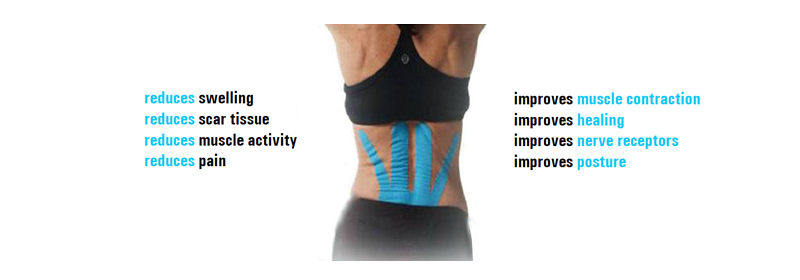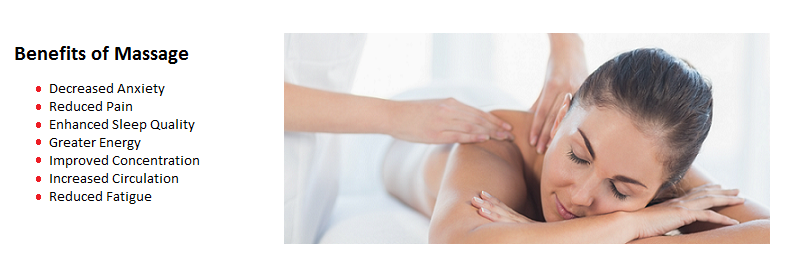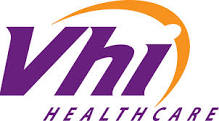What is Dry Needling?
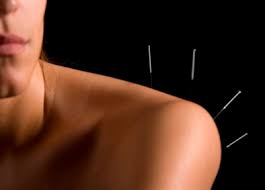 Dry needling is an invasive procedure whereby solid filament (acupuncture) needles are inserted into the skin and muscle directly at a myofascial trigger point. A myofascial trigger point (sometimes known as a knot) consists of multiple contraction knots, which are related to the production and maintenance of the pain cycle.
Dry needling is an invasive procedure whereby solid filament (acupuncture) needles are inserted into the skin and muscle directly at a myofascial trigger point. A myofascial trigger point (sometimes known as a knot) consists of multiple contraction knots, which are related to the production and maintenance of the pain cycle.
The approach is based on Western anatomical and neurophysiological principles which are not to be confused with the Traditional Chinese Medicine (TCM) technique of acupuncture (Travell & Simons 1999).
What can Dry Needling help?
Dry needling can be used for a variety of musculoskeletal problems. Muscles are thought to be a primary contributing factor to the symptoms. Conditions which respond to dry needling include, but are not limited to:
- Headaches
- Frozen Shoulder
- Tennis elbow
- Carpal tunnel syndrome
- Golfer's elbow
- Buttock pain
- Leg pain
- Hamstring strains
- Shin splints
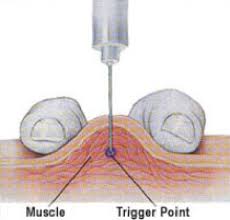
- Muscle Spasms
- Fibromyalgia
- Sciatic Pain
- Hip Pain
- Knee Pain
- Repetitive Strain Injuries
How does Dry Needling work?
The exact mechanism is not known but there are mechanical and biomechanical effects. The pioneering studies by Dr Shah and colleagues at the National Institutes of Health (USA) suggest that inserting a needle into trigger points can cause favourable biochemical changes which assist in reducing pain. It is essential to elicit a Local Twitch Response which is a spinal cord reflex and is the first step in breaking the pain cycle.
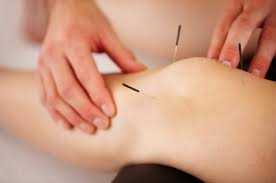 How does Dry Needling stop this cycle?
How does Dry Needling stop this cycle?
A spasmed muscle becomes a damaged muscle. Spasm reduces blood flow in the muscle. This means less oxygen and nutrients to the muscle. Muscle fibres die off and get replaced by fibrous scar tissue. This in turn holds the muscle tight, prevents muscle metabolites from leaving the muscle and causes continued spasm and pain.
Putting a needle into a spasmed muscle causes the muscle to relax, this can be seen with an electromyogram (EMG).
What does Dry Needling feel like?
Generally, needle insertion is not felt, the local twitch response may provoke a very brief pain response. This has been described as an electric shock or a cramping sensation. During treatment, patients commonly experience heaviness in the limbs or a pleasant feeling or relaxation.
The benefits of Dry Needling
Frequently include more than just relief from a particular condition.
Many people find that it can also lead to increased energy levels, better appetite and sleep as well as an enhanced sense of overall wellbeing.
Question & Answers about Dry Needling
What should I do after Dry Needling?
Stretch the treated muscle as much as possible, 20 seconds by 4 at a time.
Are the needles sterile ?
Yes, only sterile disposable needles are used.
Are there any side effects?
Most patients report soreness in the treated area and referral zone lasting from a few hours to two days.
How long does it take for the procedure to work?
Typically, it takes several visits for a positive reaction to take place. We are trying to cause mechanical and biochemical changes without any medication. Therefore, we are looking for a cumulative response to achieve a certain threshold after which the pain cycle is disturbed.
Where does Dry Needling fit in the entire rehabilitation programme?
More frequently, dry needling is needed at the beginning to help break the pain cycle then other treatment modalities are introduced.
Once I am feeling better, how often do I need to come back to maintain my progress?
The musculoskeletal system is under constant pressure from gravity, stress, work etc. A regular exercise programme combined with good posture can prevent many problems. If the pain returns, "tune-ups" are recommended to treat and prevent injuries.

